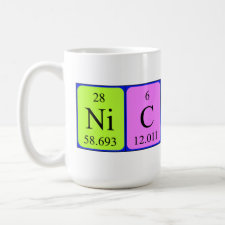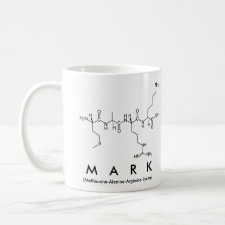
Authors: Hilt JZ, Byrne ME, Peppas NA
Article Title: Microfabrication of Intelligent Biomimetic Networks for Recognition of D-Glucose.
Publication date: 2006
Journal: Chemistry of Materials
Volume: 18
Issue: (25)
Page numbers: 5869-5875.
DOI: 10.1021/cm061343k
Abstract: Biomimetic, biocompatible polymer networks have been developed with tailored affinities, loading capacities, and transport properties for a given target molecule, and these networks promise to significantly impact a wide variety of biomedical fields, particularly diagnostic and therapeutic devices. Methods were developed to integrate these biomimetic networks with silicon substrates at the microscale, enabling the fabrication of microdevice platforms based on silicon technologies. Biomimetic polymer networks with recognition properties for D-glucose were micropatterned in fine dimensions onto silicon substrates and characterized by fluorescence and confocal microscopy studies. Novel copolymer networks containing poly(ethylene glycol)ndimethacrylate (where the number of EG repeat units n = 1, 4, and 14) at various cross-linking percentages (30, 67, and 80%) and acrylamide as a functional monomer were synthesized in polar, aprotic solvent with and without the target molecule present. Calculated diffusion constants for the target molecule decreased with decreasing cross-linker length, with the diffusion constant of PEG600DMA cross-linked networks being 5 times larger than that for the EGDMA-based networks. As the length of the cross-linking monomer increased, the target molecule affinity and capacity of the networks decreased. For networks demonstrating enhanced recognition, target molecule diffusion constants of control networks were approximately half of the recognitive network's value. Because diffusion was approximately Fickian, response times were extrapolated for thinner samples, which indicated the high potential for thin films of recognitive materials (i.e., 10 m to 100 nm) to be used as robust micro- and nanosensor materials for various sensor platforms (e.g., micro- and nanocantilevers).
Template and target information: glucose



Join the Society for Molecular Imprinting

New items RSS feed
Sign-up for e-mail updates:
Choose between receiving an occasional newsletter or more frequent e-mail alerts.
Click here to go to the sign-up page.
Is your name elemental or peptidic? Enter your name and find out by clicking either of the buttons below!
Other products you may like:
 MIPdatabase
MIPdatabase









